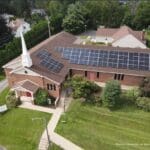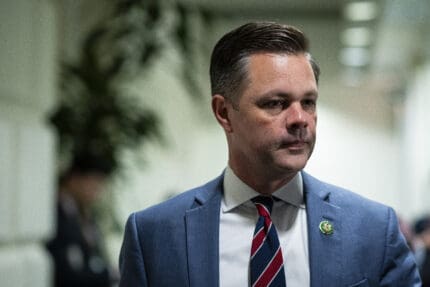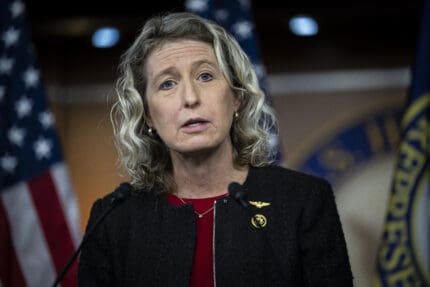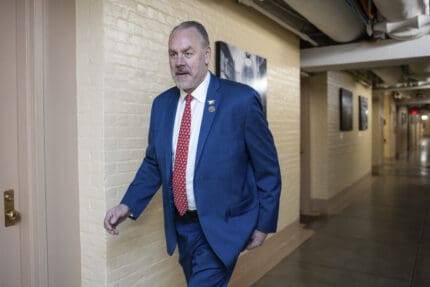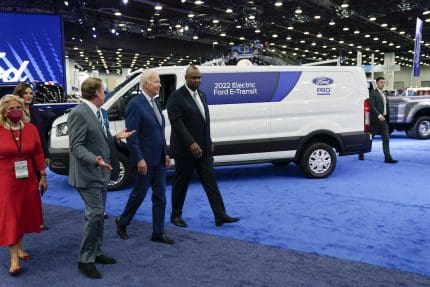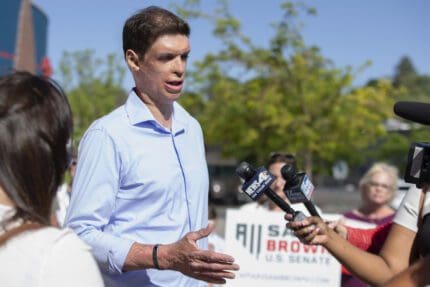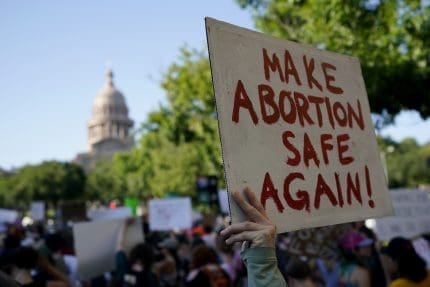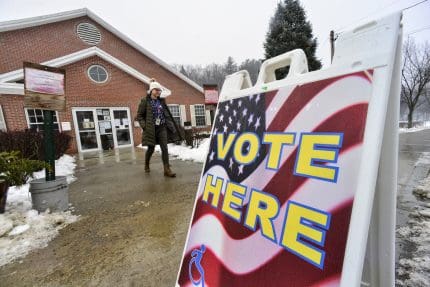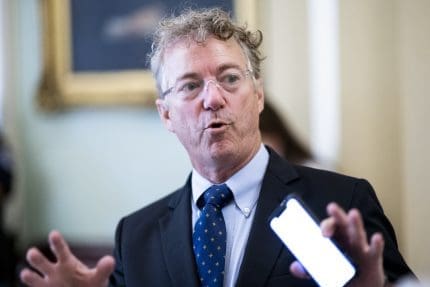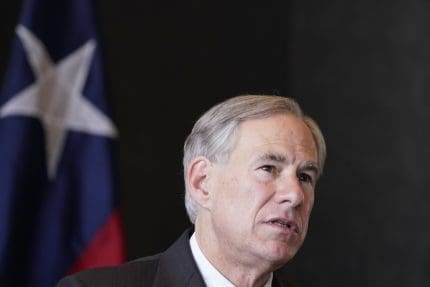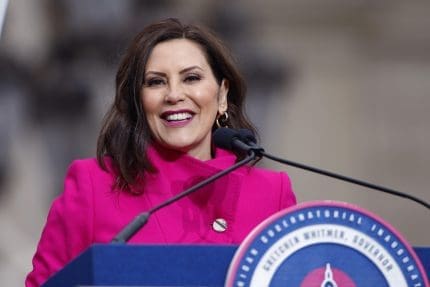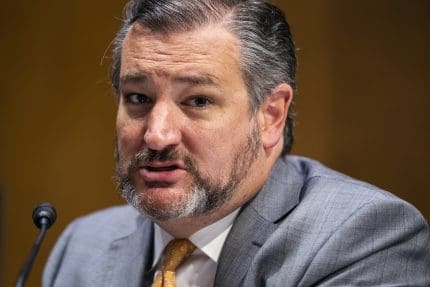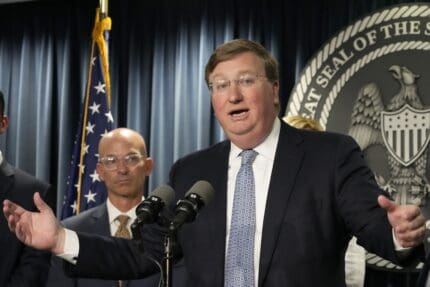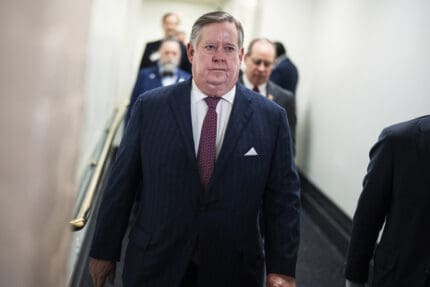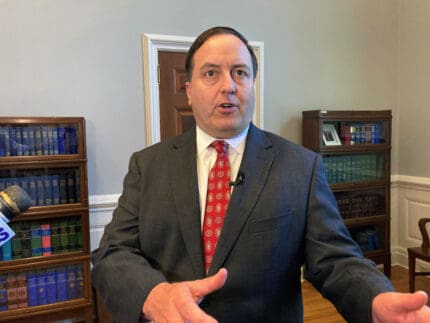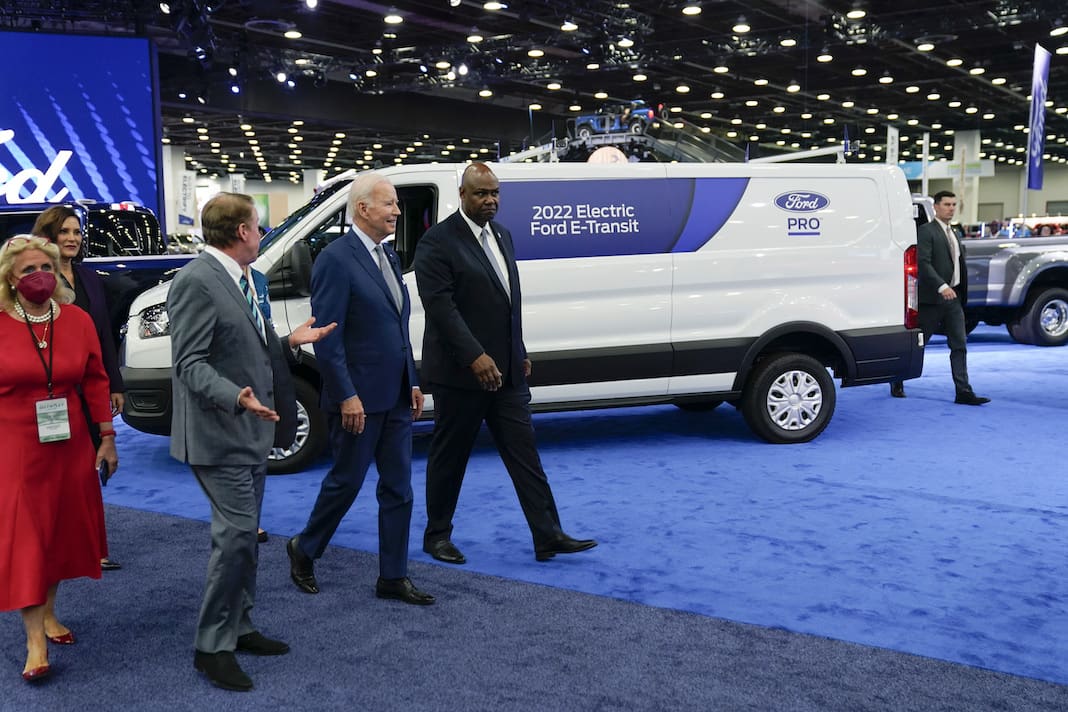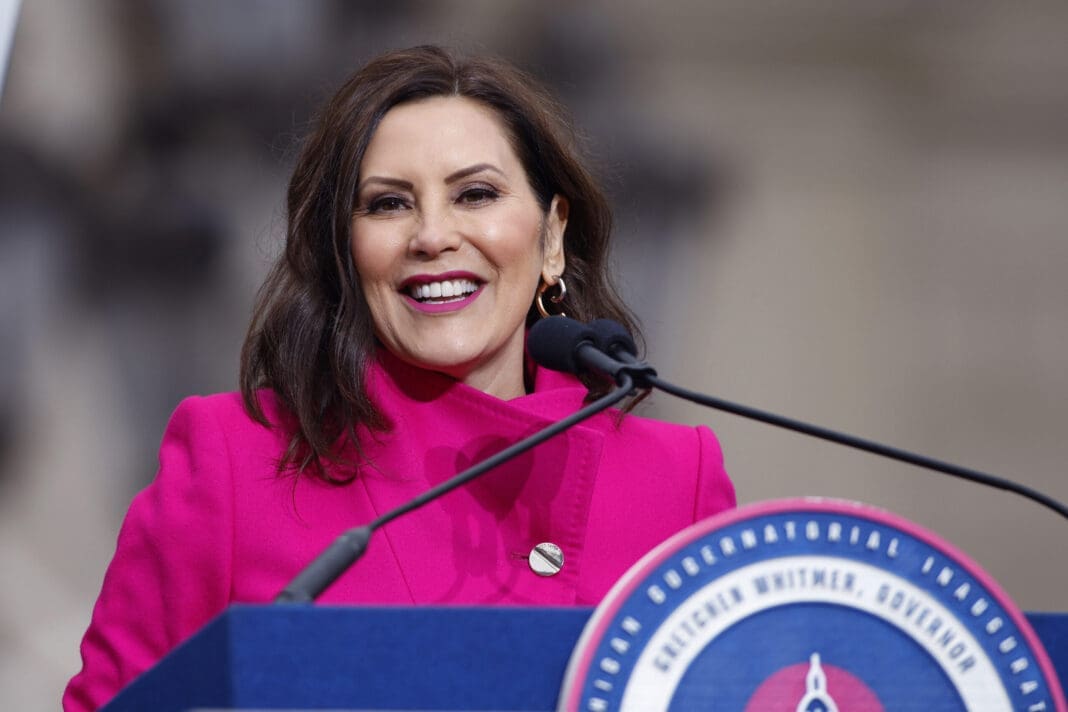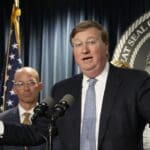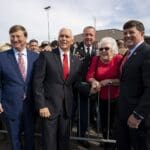Laboratory makes major advancement toward Biden administration's fusion energy goal
The president has centered fusion, along with already viable clean energy sources such as wind and solar power, in his plan to get the United States to net-zero carbon emissions by 2050.
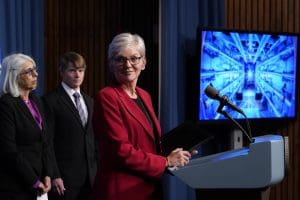
Secretary of Energy Jennifer Granholm announced Tuesday morning that scientists working at the Department of Energy-funded Lawrence Livermore National Laboratory have become the first in history to successfully generate more energy from fusion than the reaction took to start, a major step toward bringing functionally unlimited clean energy to commercial viability.
The technology, though likely still at least a decade away from widespread adoption and profitability, is a central piece of President Joe Biden’s plan to get the United States to zero net carbon emissions by 2050.
“Last week, at the Lawrence Livermore National Laboratory in California, scientists at the National Ignition Facility achieved fusion ignition. And that is creating more energy from fusion reactions than the energy used to start the process. It’s the first time it has ever been done in a laboratory, anywhere in the world,” Granholm said. “I do think [the president] probably did say this is a B.F.D.”
A fusion reaction occurs when two atoms are brought together in such close quarters that they combine into a heavier element. The leftover parts of the two atoms are released as a tremendous amount of energy, which can then be used to generate electricity. Harnessing the power of this reaction to generate electricity is often referred to as the “holy grail” of clean energy, theoretically capable of producing practically limitless energy while generating zero carbon emissions and no long-term highly radioactive waste.
“Today’s announcement is a huge step forward to the president’s goal of achieving commercial fusion within a decade,” Granholm said.
Over the past two years, the Biden administration has taken several steps to boost fusion energy, such as appointing a partnership coordinator and providing funding for fusion sciences. But businesses are calling for more public and private funds to be spent on solving the major technical hurdles that still stand in the way of fusion power.
Under the direction of what the White House called the administration’s “bold decadal vision” for achieving commercial fusion, the Department of Energy appointed a lead fusion coordinator, Dr. Scott C. Hsu, to lead efforts to build public-private partnerships that officials say are necessary to promote widespread adoption of fusion-based energy production.
The Inflation Reduction Act, the multibillion-dollar spending bill Biden signed in August, included a provision that provides $280 million to the Department of Energy for “activities for fusion energy science construction and major items of equipment projects.” The IRA also provides more than half a billion dollars in funding for laboratories engaged in fusion research, such as the Oak Ridge National Laboratory in Tennessee, and gives the Department of Energy billions of dollars to use in issuing loans to new, potentially risky energy projects — like fusion.
The Energy Department has also authorized $50 million to support for-profit companies trying to make fusion technology a profitable enterprise, but corporate leaders say it’s not enough. Andrew Holland, the CEO of the Fusion Industry Association, a trade group for fusion companies, said that funding is a small fraction of what the industry needs; private fusion funding reached nearly $3 billion in 2021.
“At this point, there are great ideas and good plans, but not they’re not yet backed up by the budget. The budget request that came from the administration kept funding for fusion sciences level without further investment,” Holland told the American Independent Foundation.
Holland said that his organization was pushing for “at least a billion dollars in support for public-private partnerships over five years.”
“We need the private sector to get in the game. It’s really important that there has been this incredible amount of U.S. public dollars going into this breakthrough, but all of the steps that will be necessary to get this to commercial level will still require public research and private research,” Granholm said. “We know that there has been a huge interest among the private funding community, startups, etc., and we encourage that. The president has a decadal vision to get to a commercial fusion reactor within, obviously, 10 years, so we’ve got to get to work. And this shows that it can be done.”
Published with permission of The American Independent Foundation.
Recommended

President Biden visits Prince William park to talk solar, youth involvement on Earth Day
Virginia set to receive $156 million from U.S. Environmental Protection Agency program
By Charlie Paullin, Virginia Mercury - April 23, 2024
Texas governor and attorney general do little to curb state’s chemical plant crisis
Republicans Greg Abbott and Ken Paxton have taken thousands of dollars in donations from chemical companies and their affiliated PACs.
By Jesse Valentine - December 08, 2023
‘We’ve been waiting for this’: Union workers cheer Biden’s hydrogen hub plan
Federal funding for the hub is estimated to bring over 20,000 jobs to the Pennsylvania-New Jersey-Delaware area.
By Anna Gustafson - October 17, 2023






